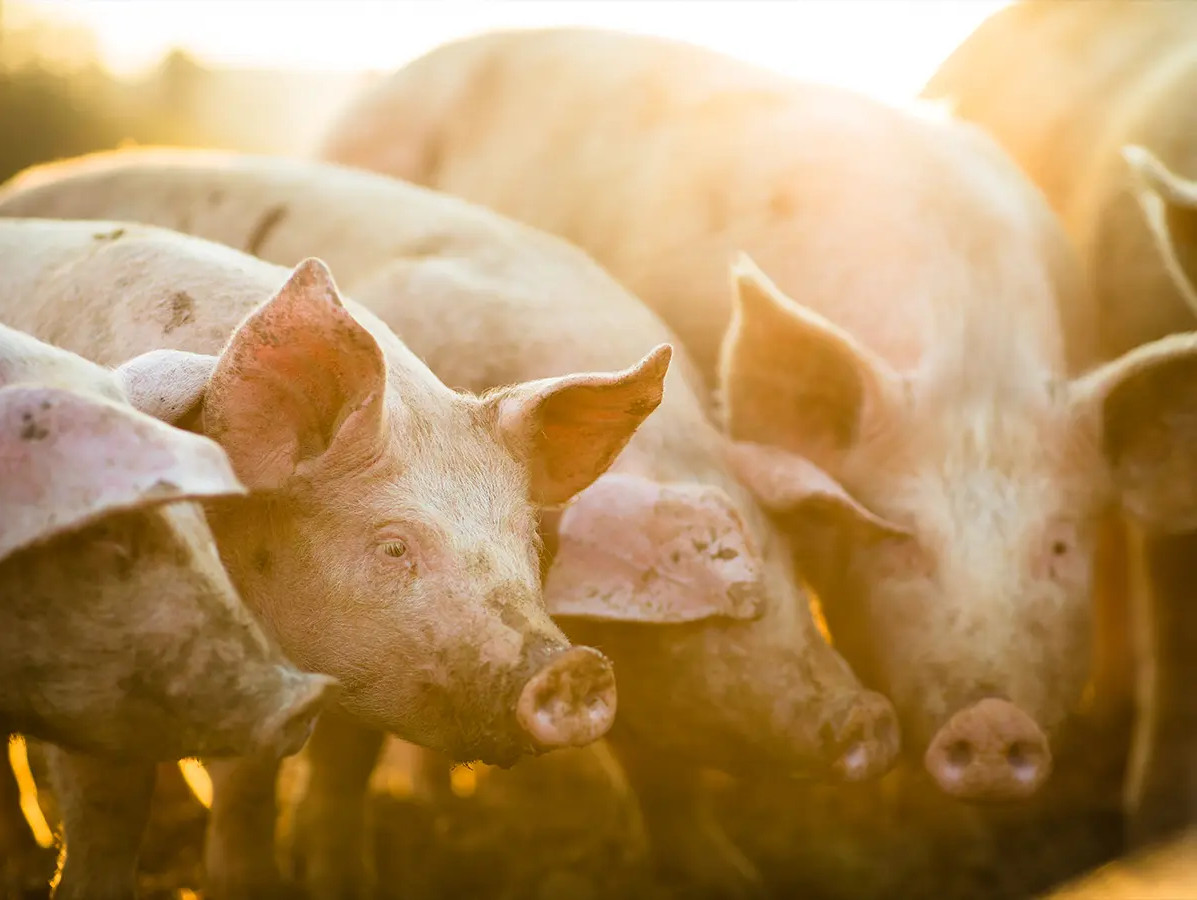
The Dutch pig farming sector is actively working to map its greenhouse gas emissions. Various companies are calculating the carbon footprint (CFP) of pork, but the methods they use vary, leading to inconsistent results and making comparisons within the sector unclear. Researchers from Wageningen University & Research, in collaboration with Kool Planet, have developed new calculation rules. These guidelines aim to create a uniform approach to measurement and reporting, allowing companies to work with the same data and methods.
Companies in the pig farming industry are under pressure to meet their sustainability targets. With obligations such as the Corporate Sustainability Reporting Directive (CSRD) and the Science Based Target initiative (SBTi), accurate reporting has become essential. Retailers are also increasingly asking for product carbon footprints to be included on packaging. A reliable CFP calculation relies on the Life Cycle Assessment (LCA) method, which reports emissions throughout the supply chain. Until now, this calculation has been performed using different standards and protocols, highlighting the need for uniformity.
The Coalitie Vitale Varkenshouderij (CoViVa) has embraced the new calculation method and is committed to its further development and implementation. Agreements have been made regarding data collection and the application of the methodology across the sector. CoViVa aims for more parties in the pig farming industry to adopt this uniform method, ensuring consistent and comparable reporting that will be useful for both buyers and government authorities.
Source: Wageningen University & Research